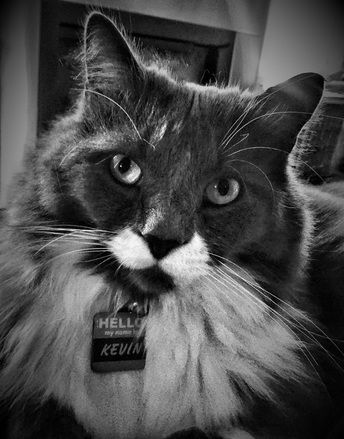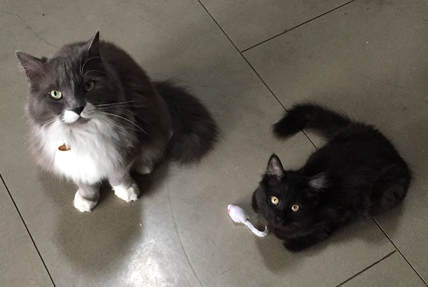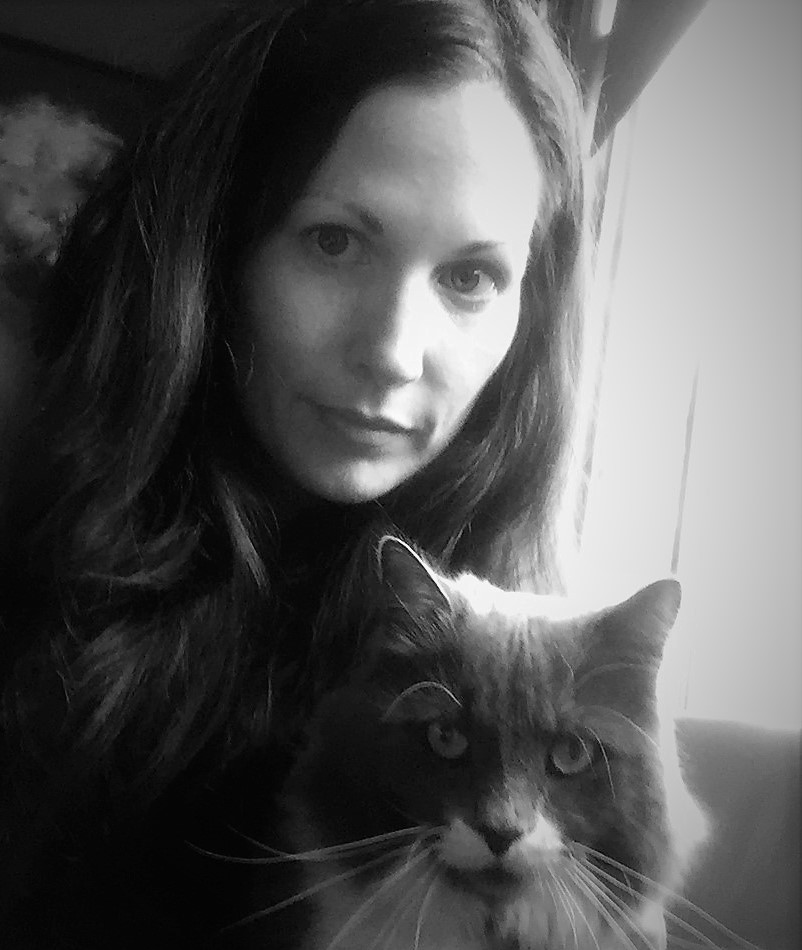|
Managing the expectations of team members and project outcomes. Kevin is a big cat. His is also not a trickster - he likes playing with toys and he is super with his string, but he has no desire to learn the game "fetch". As a robust cat, he uses a large portion of the bed at night. He also doesn't really like having his picture taken and is a big brother to Patrick on his own time. Therefore, with this knowledge of his strengths and weaknesses, we can manage our expectations of him and he of us.
Truly understanding your teammate allows you to manage project output expectations. There are individuals who set unrealistic expectations on their staff. This level of pressure put on project teams is a result of misinformation by leadership - not knowing their teams strengths and weaknesses. Weakness can be strengthened and strengths shared. Empowering team members, giving them a voice in a meeting, giving them ownership of a small piece of the project, or acknowledging their strengths out-loud to a group, can make hidden strengths surface or weaknesses stronger. There are several ways to discover more about your team members;
There are many instances where I experienced management accepting project deadlines without consulting a team's true talents, goals, and drawbacks. Giving unrealistic promises to the client, without proper research or information can have different outcomes. One outcome of being a "yes" person is that time or talent constraints can produce innovation. Finding better, faster, more efficient ways to achieve a good outcome. However, the success rate of this is very low. The success rate of unrealistic project goals producing an accurate, on-time budget, is also very low. You will pay at some point in the project - why not just be honest with the client so everyone is set-up for success? Managing client expectations comes from the top during the first conversations during contract negotiations. If the parameters of the project delivery, or understanding of project scope are not adequate at this time, or at the time of the contract signing, the project will have to work extra hard using-up valuable time and resources to be successful. There are overall ways to assist in managing a client:
We are almost able to get Kevin to pick-up a toy with his teeth. Then he just sits there. After researching cat breeds, Patrick may be the one who learns to play "fetch". We will keep our expectations low, setting the bar a minimum, so that we can be pleasantly surprised if he exceeds our expectations and brings the toy back to us to throw. In the meantime, we will still give him his treats and scratch his ears - he is doing what we expect of him. Being a cat and not a dog.
0 Comments
|
Author(s)Fiona Warren - 17 years experience with large high-profile projects and teams. Archives
April 2018
Categories |



 RSS Feed
RSS Feed